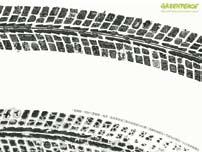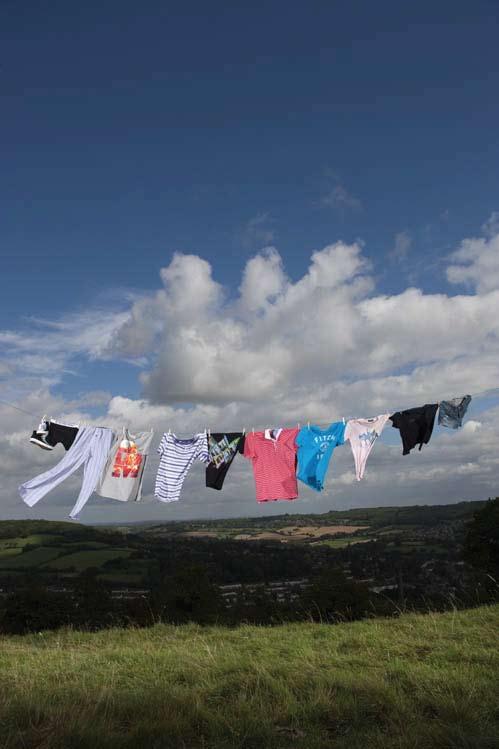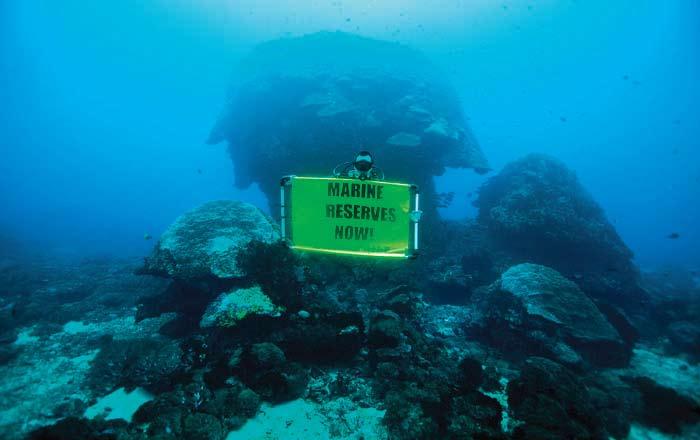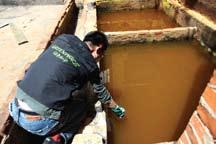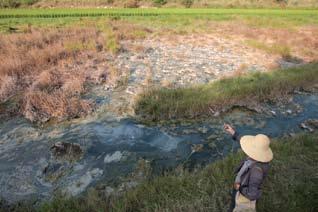IDEAL – DOCUMENT
13
Chromium waste dumpers in Yunnan taken to court. Earlier this year we were all shocked by the news that a chemical company in southern China’s Yunnan province had been illegally dumping toxic cancer-causing waste near the village of Xinglong. The problem was so serious that the Chinese press began calling Xinglong a cancer village. Yunnan Liuliang Chemical Industry had dumped 5,000 tons of the hazardous waste and had another 140,000 tons that would likely have ended up the same way if they had not been discovered. The waste should have been driven to the neighbouring province of Guizhou to a processing plant. The chemical waste, containing toxic chromium VI, had seeped into the soil, drinking water and crops. And the villagers did not know the real dangers. They were still drinking the water and walking in their fields barefoot.
As soon as we heard about the news, Greenpeace sent a rapid response team to the area to document the problem and raise awareness among the local people. When we tested the water used by the villagers for drinking, the levels of chromium VI were so high the readings went off the scale. Our work and the media attention kick-started a clean-up campaign. The local government fenced off the polluted area, surveyed the region for other illegal waste sites, tested for levels of contamination and then made the results public. There are many other chromium waste dump sites across China, endangering people’s lives and polluting the land and water. Following our work in Yunnan, the Ministry of Environmental Protection announced a national crackdown on chromium waste sites, with clear timelines. And it’s had a positive spill-on effect into other waste issues such as e-waste.
Latest update: In October, local environmental NGO, Friends of Nature, filed a public interest law suit against Luliang Chemical for dumping the toxic chromium waste. This is the first time a grassroots Chinese NGO has successfully brought a public interest law suit to court.
Chromium VI: fast facts ■
■
■
■
Heavy metal, highly toxic, commonly used in electroplating or in the manufacture of stainless steel; Included on China’s national list of hazardous waste, one of eight substances most harmful to the human body; Difficult to break down, it requires years or even decades to completely clean up; In the US, similar contaminated sites are still not completely clean even after 30 years.


